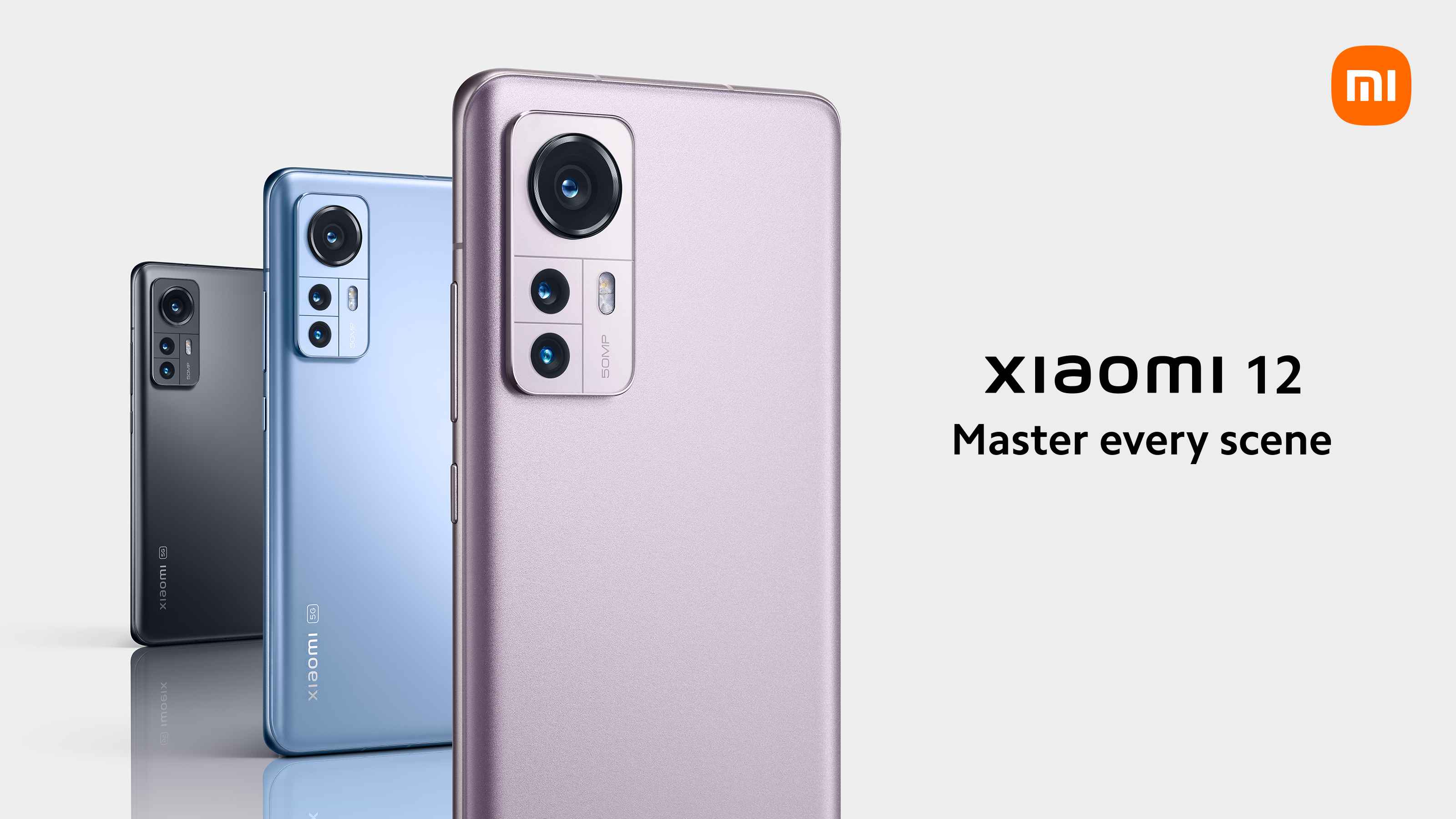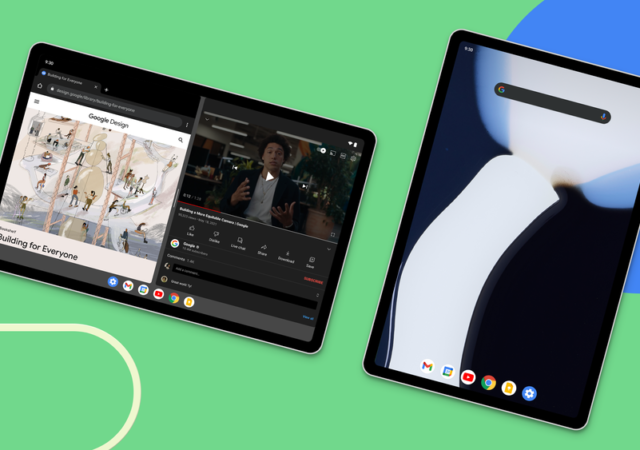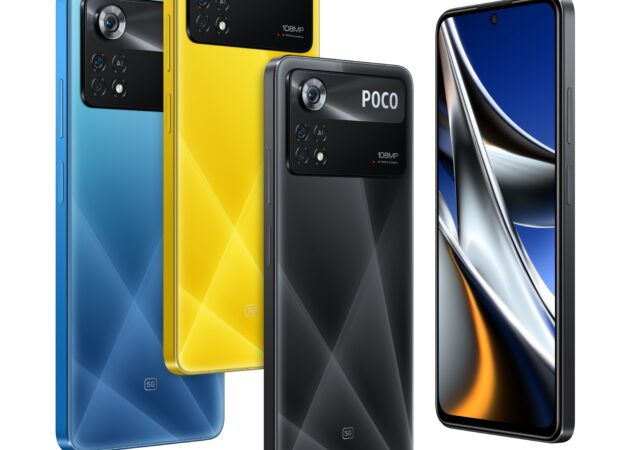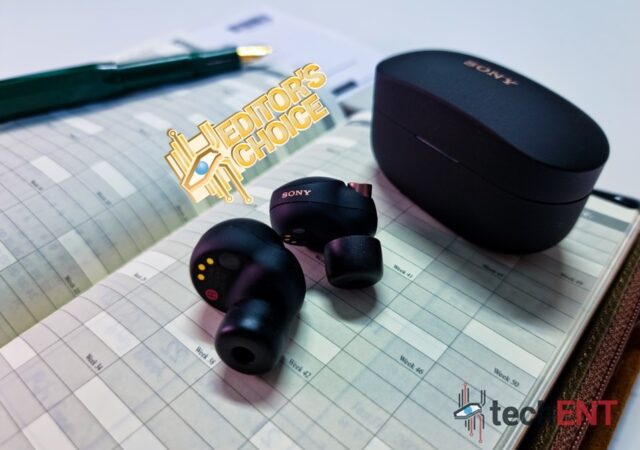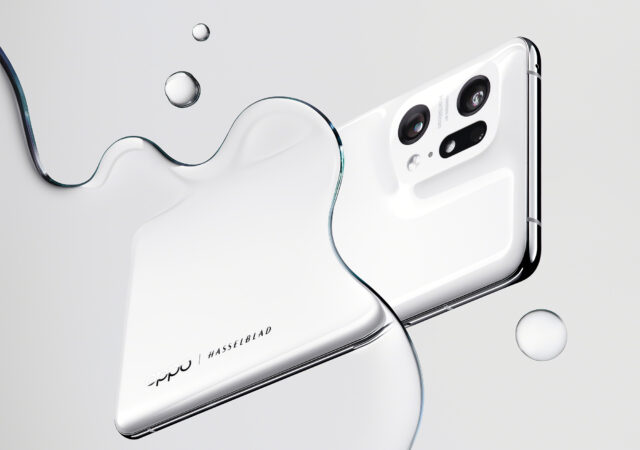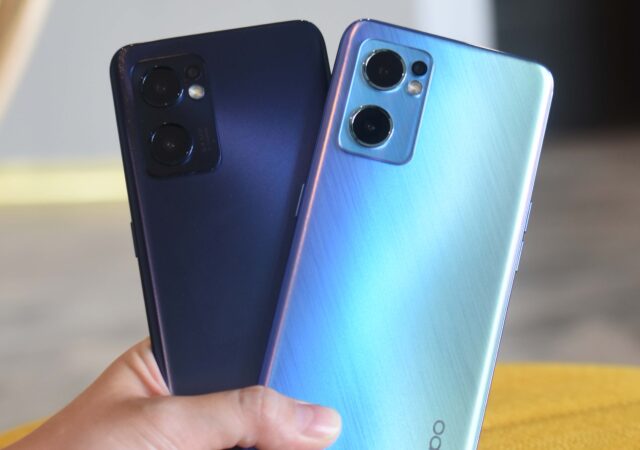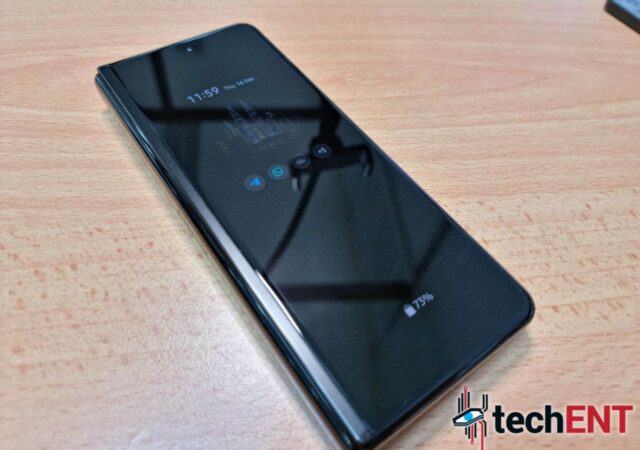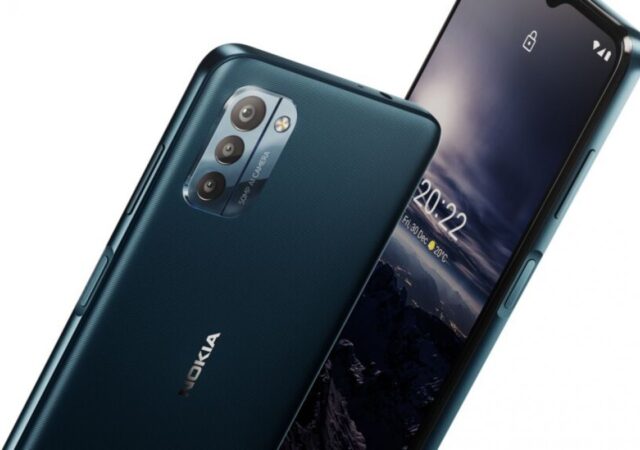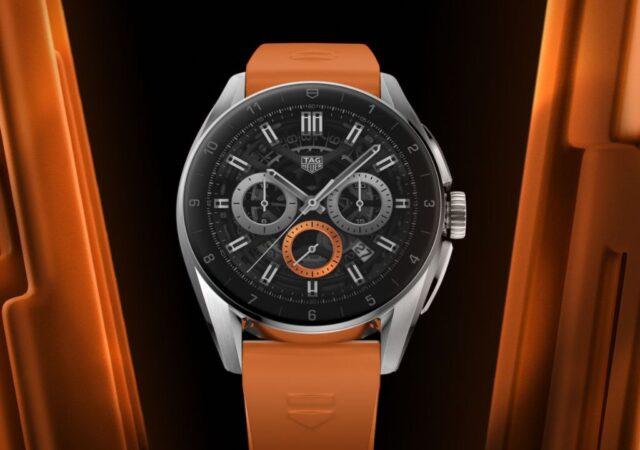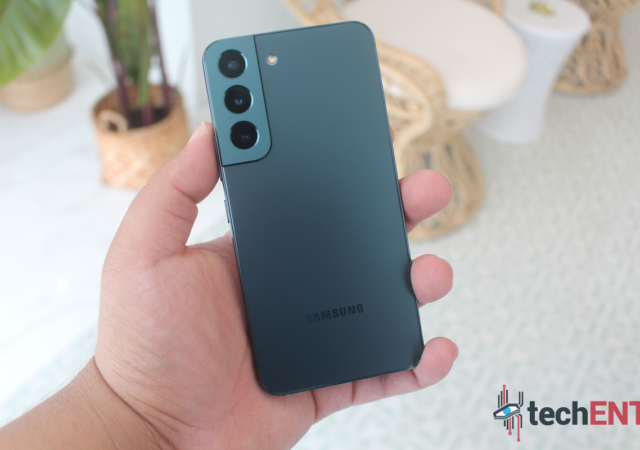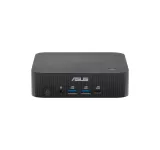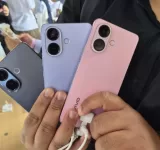Xiaomi introduces their new flagship to take on 2022! The new Xiaomi 12 and 12 Pro flagships are here for MYR 2,899 onward.
Android 12L is Here for Pixel Devices! But isn’t it for Tablets?
Google introduced their 12th generation of Android in 2021 and it looked promising. It was not a major change to how Android worked, as we have covered, but more of small improvements that added up to affect the total experience…
[MWC 2022] POCO Launches the New X4 Pro 5G! Coming to Malaysia Very Soon for MYR 1,199 Onward!
POCO appeared in MWC 2022! They launched a new budget champion too in the POCO X4 Pro 5G. Available in Malaysia at MYR 1,199 onward.
Sony WF-1000XM4 In-Depth Review – The Best got Better
We got to try the Sony WF-1000XM4, their next-generation Noise Cancelling True Wireless Earbuds. At MYR 1,099, is it worth it? We find out.
OPPO Debuts the MariSilicon X NPU with the Find X5 series
OPPO announces it’s new flagship Find X5 series complete with its MariSilicon X NPU which promises better picture and video quality.
OPPO Launches the Reno7 Series in Malaysia with 50-Megapixel and 5G!
OPPO launches their new photography champion, the Reno7 series with 50-Megapixel camera and 5G capabilities at MYR 1,999 onward.
Samsung Galaxy Z Fold3 In-Depth Review – Back in Black
Samsung Galaxy Z Fold3 launched late last year. The foldable is still today’s most powerful foldable smartphone. Is it worth MYR 6,699?
Nokia Announces the G21 with 90Hz Display and 50MP Camera
Nokia announces the arrival of their latest entry-level device with Android 12 readiness, the Nokia G21 with 90Hz display and 50MP camera.
TAG Heuer Introduces New Generation Connected Calibre E4 Smartwatch Ready for Wear OS 3
TAG Heuer is back in the smartwatch game with the Connected Calibre E4 with Qualcomm Snapdragon 4100+ and Wear OS 3 readiness.
Samsung Announces Four Generations of Update Support – Time to Buy a Galaxy?
Samsung announces that they will be supporting upgrades of their smartphones for up to four generations in their Unpacked 2022 event.



